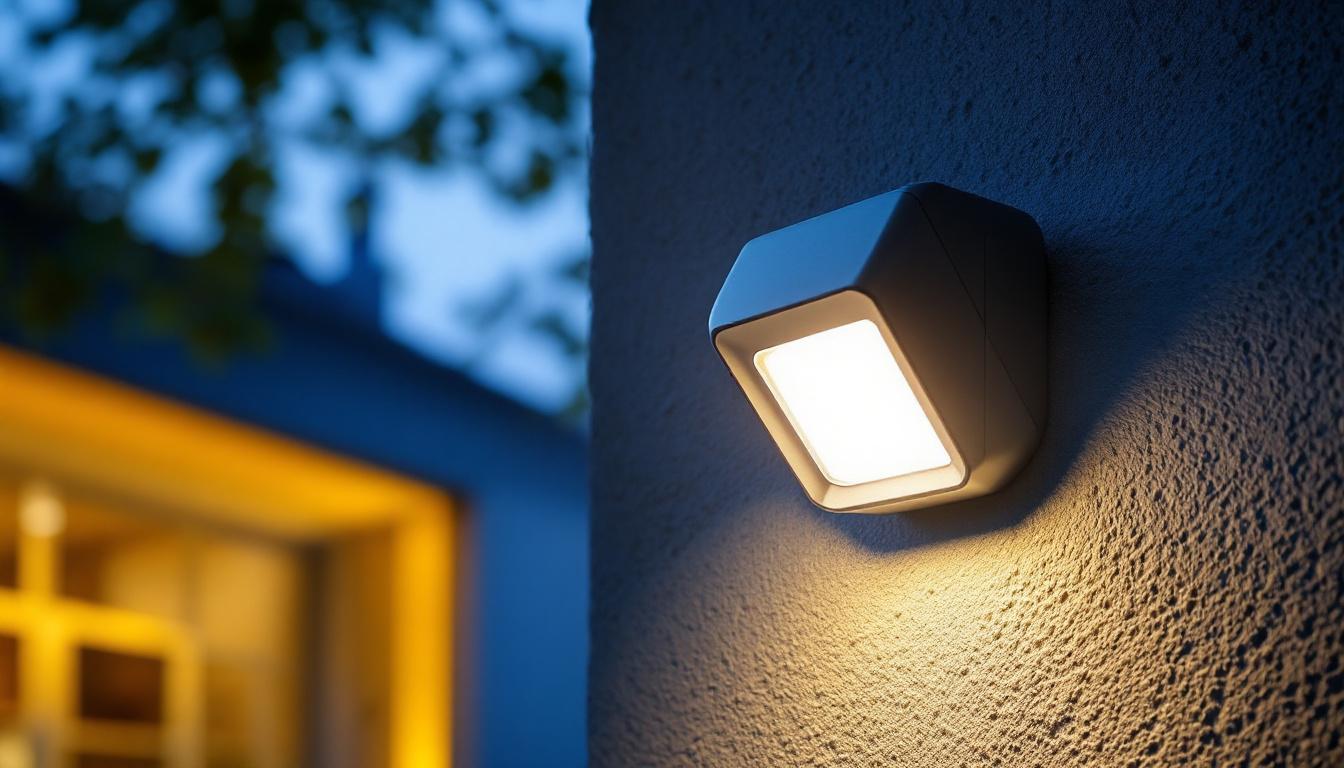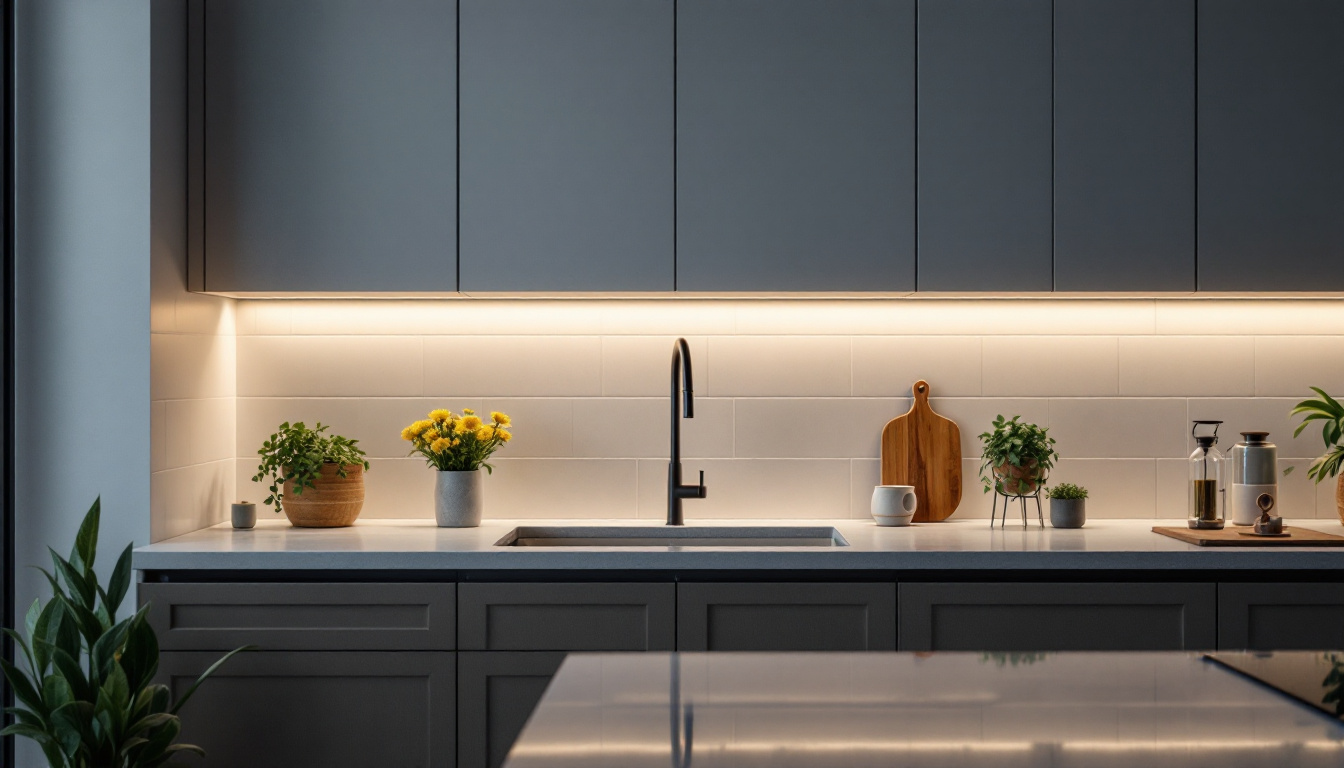
In recent years, the transition from traditional lighting solutions to LED technology has become a focal point for many lighting contractors. four-foot LED bulbs, in particular, are a popular choice for various applications, including commercial and residential spaces. However, despite their growing popularity, there are common pitfalls that contractors often encounter when working with these lighting solutions. Understanding these mistakes can enhance project outcomes and improve client satisfaction.
Before diving into the common mistakes, it’s essential to grasp the fundamentals of four-foot LED bulbs. These bulbs are typically designed to replace traditional fluorescent tubes, providing energy-efficient lighting solutions with a longer lifespan. However, not all LED bulbs are created equal, and various factors can influence their performance and suitability for specific applications. For instance, the color temperature of an LED bulb can significantly affect the ambiance of a space, with options ranging from warm white to cool daylight. This flexibility allows contractors to tailor lighting to meet the specific needs of different environments, enhancing both functionality and aesthetics.
Four-foot LED bulbs come in various types, including direct replacement, retrofit, and integrated options. Direct replacement bulbs can fit into existing fixtures without modifications, while retrofit options may require some adjustments to the fixture. Integrated LED bulbs, on the other hand, come with built-in drivers and are designed for specific applications. Understanding these differences is crucial for contractors to make informed decisions. Moreover, some bulbs offer features such as dimming capabilities or smart technology integration, which can provide additional control over lighting conditions. This adaptability is particularly beneficial in settings where lighting needs may change throughout the day or for specific tasks.
The advantages of four-foot LED bulbs are numerous. They consume significantly less energy than traditional fluorescent bulbs, leading to lower utility bills for clients. Additionally, LEDs have a longer lifespan, reducing maintenance costs and the frequency of replacements. Their versatility also allows for various applications, from office spaces to retail environments, making them a valuable addition to any lighting contractor’s toolkit. Furthermore, LED technology produces less heat compared to fluorescent lighting, which can contribute to a more comfortable environment, especially in enclosed spaces. This feature not only enhances user comfort but also reduces the load on air conditioning systems, leading to further energy savings. As sustainability becomes increasingly important, the eco-friendly nature of LED bulbs—often made from recyclable materials and free from hazardous substances like mercury—adds to their appeal for environmentally conscious consumers.
Despite the advantages of four-foot LED bulbs, many contractors make mistakes that can impact the overall effectiveness of their projects. Here are some of the most common errors observed in the field.
One of the most significant mistakes contractors make is neglecting the importance of proper lighting design. Simply replacing fluorescent bulbs with LED alternatives without considering the specific lighting needs of a space can lead to inadequate illumination. Each environment has unique requirements based on factors such as ceiling height, room size, and the intended use of the space.
To avoid this mistake, contractors should conduct a thorough assessment of the area before selecting LED bulbs. Utilizing lighting design software can help visualize how different bulb types and placements will affect the overall ambiance and functionality of the space. Furthermore, collaborating with interior designers or architects can provide valuable insights into how lighting interacts with other design elements, ensuring a cohesive look that enhances both aesthetics and utility.
Color temperature plays a crucial role in the effectiveness of lighting. Many contractors overlook this aspect, leading to mismatched lighting that can affect the mood and productivity of a space. Four-foot LED bulbs come in various color temperatures, typically measured in Kelvin (K), ranging from warm white (around 2700K) to cool white (upwards of 5000K).
Understanding the desired ambiance for each space is essential. For instance, warmer tones are often preferred in residential settings for a cozy atmosphere, while cooler tones may be more suitable for commercial environments to enhance focus and alertness. By carefully selecting the appropriate color temperature, contractors can significantly improve client satisfaction. Additionally, educating clients on how different color temperatures can influence their daily activities—such as using warmer lights in the evening to promote relaxation—can foster a deeper appreciation for thoughtful lighting choices.
Another common oversight is failing to consider the dimming capabilities of four-foot LED bulbs. Not all LED bulbs are dimmable, and using non-dimmable LEDs in a dimming system can lead to flickering or even damage to the bulb. This can result in additional costs and dissatisfaction for clients who expect flexibility in their lighting solutions.
Contractors should always verify whether the selected LED bulbs are compatible with existing dimming systems. Additionally, educating clients about the benefits of dimmable options can enhance their overall experience and provide them with more control over their lighting environment. Dimming not only allows for customization of brightness levels to suit different activities—like bright light for reading and softer light for entertaining—but also contributes to energy savings and prolonged bulb life. By highlighting these advantages, contractors can position themselves as knowledgeable professionals who prioritize both functionality and client needs.
Proper installation is critical to ensuring the longevity and effectiveness of four-foot LED bulbs. Unfortunately, several common installation mistakes can undermine the benefits of these lighting solutions.
Many contractors fail to check whether the fixtures are compatible with four-foot LED bulbs. Using bulbs that are not designed for specific fixtures can lead to performance issues, including overheating or flickering. It is essential to ensure that the fixture supports the wattage and type of LED bulb being installed.
Before installation, contractors should review the specifications of both the fixture and the LED bulb. This will help prevent potential issues and ensure optimal performance. Additionally, using the manufacturer’s guidelines can provide valuable insights into compatibility. Furthermore, understanding the differences between types of LED bulbs, such as direct replacement versus retrofit options, can also play a crucial role in achieving the desired lighting effect and efficiency. For instance, some fixtures may require a ballast bypass when switching to LED, while others may allow for a simple bulb swap.
Wiring issues can lead to significant problems when installing four-foot LED bulbs. Poor wiring practices, such as improper connections or inadequate grounding, can result in flickering lights, reduced lifespan, or even electrical hazards. Ensuring that all wiring is done correctly is paramount for safety and performance.
Contractors should adhere to local electrical codes and best practices when wiring fixtures. Regular training and staying updated on electrical standards can help minimize mistakes and ensure safe installations. Additionally, using high-quality wiring materials and connectors can enhance the reliability of the installation. It is also advisable to conduct a thorough inspection of the existing wiring before installation, as outdated or damaged wiring can contribute to performance issues and safety risks.
After installation, some contractors skip the crucial step of testing the lighting system. Failing to verify that the bulbs are functioning correctly can lead to client dissatisfaction and additional service calls. Testing the installation allows contractors to identify any issues before handing over the project to the client.
Taking the time to test the lighting system can save contractors from future headaches. A simple checklist can help ensure that all bulbs are functioning correctly, dimmers are working, and the overall lighting design meets the client’s expectations. Moreover, testing should not only focus on functionality but also on the quality of light produced. Evaluating factors such as brightness, color temperature, and distribution can help ensure that the lighting meets the intended design goals. Engaging clients during this testing phase can also foster trust and satisfaction, allowing them to provide feedback and make any necessary adjustments before finalizing the project.
Effective communication with clients is vital in any project, especially when it comes to lighting solutions. Many contractors overlook the importance of educating clients about their choices and the benefits of four-foot LED bulbs.
Clients often have preconceived notions about LED lighting based on their experiences with traditional bulbs. Contractors must set realistic expectations regarding brightness, color temperature, and energy savings. Failing to do so can lead to disappointment and dissatisfaction.
Providing clients with clear information about the advantages and limitations of four-foot LED bulbs can help manage their expectations. Visual aids, such as comparison charts or samples, can also be beneficial in illustrating the differences between traditional and LED lighting.
Another area where communication is often lacking is in maintenance guidance. Clients may not be aware of the best practices for maintaining their new LED lighting systems. Educating them on how to care for their fixtures and bulbs can prolong the lifespan and performance of their lighting solutions.
Contractors should provide clients with maintenance tips, such as cleaning schedules and troubleshooting common issues. This proactive approach can enhance client satisfaction and foster long-term relationships.
Four-foot LED bulbs offer numerous advantages for both contractors and clients, but common mistakes can undermine their effectiveness. By understanding the basics of these bulbs, avoiding installation errors, and communicating effectively with clients, lighting contractors can enhance their projects and improve overall satisfaction.
Ultimately, staying informed about the latest trends, technologies, and best practices in LED lighting will empower contractors to make the best choices for their clients. By learning from common mistakes and focusing on quality installations, contractors can ensure that their projects shine brightly for years to come.
Ready to avoid common pitfalls and elevate your lighting projects with confidence? At LumenWholesale, we provide lighting contractors like you with the highest quality four-foot LED bulbs and more, ensuring your installations stand out in both performance and price. Say goodbye to middleman markups and hello to spec-grade lighting that meets the most rigorous industry standards. With our unbeatable wholesale prices, free shipping on bulk orders, and a commitment to quality, you can trust that you’re getting the best value every time. Don’t compromise on your lighting solutions—choose LumenWholesale for a seamless blend of quality, affordability, and convenience. Start browsing our selection now and take the first step towards brighter, more reliable lighting solutions at Wholesale Lighting at the Best Value.

Discover the essentials of small motion detector lights in just five minutes.

Discover the top strategies lighting contractors use to maximize efficiency and aesthetics with LED overhead lights.

Explore the essentials of LED light transformers with our comprehensive guide tailored for lighting contractors.

Discover expert tips on under counter kitchen lighting with insights from a seasoned lighting contractor.